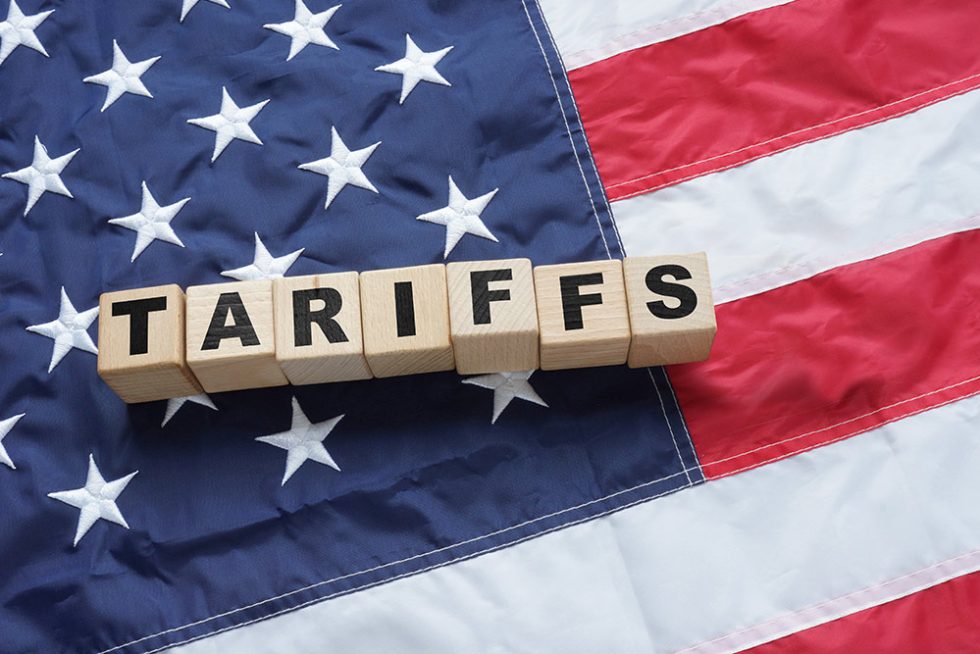In the bustling world of trade and commerce, uncertainty often reigns supreme. And right now, all eyes are on the imminent deadline set by the United States regarding tariffs – a deadline that has traders worldwide treading cautiously as they navigate choppy waters.
President Donald Trump’s looming deadline for steep US tariffs has sent ripples of apprehension through Asian markets. With just days to go until July 9, the pressure is mounting as few concrete trade deals have been reached. The uncertainty looms large, with President Trump hinting at potential tariff rates being communicated via letters to numerous trading partners.
As investors nervously monitor the situation, market movements tell a tale of their own. The SET index in Thailand saw fluctuations this week, reflecting the jittery atmosphere among traders. Despite closing higher than the previous week, the index’s volatile journey underscores the underlying tensions in global trade relations.
“The current climate of uncertainty is palpable in financial markets across Asia,”
noted an expert economist.
“The lack of clarity surrounding trade agreements and tariff rates is adding fuel to an already unpredictable situation.”
The recent agreement between the US and Vietnam serves as a stark reminder of the shifting sands in global trade dynamics. With tariffs set at different rates for goods based on their origin, countries like Vietnam are adapting swiftly to navigate this new era of heightened tariffs.
Economists warn that such developments are signaling a broader trend that Asian governments must grapple with – one where higher tariffs may become a permanent feature of international trade.
Meanwhile, Trump’s threats towards Japan and India underscore his administration’s unwavering stance on reshaping trade relationships. The specter of increased tariffs hangs heavy in these negotiations, pushing countries to rethink their strategies amidst evolving geopolitical landscapes.
“It’s clear that we’re witnessing a paradigm shift in how nations approach trade agreements,”
remarked a seasoned analyst.
“The era of low tariffs and open borders seems increasingly distant.”
As global economic players brace for potential tariff escalations and policy shifts, ripple effects are already being felt across various sectors. From manufacturing indices showing signs of strain to fluctuating consumer confidence levels – every aspect of the economy seems intertwined with these high-stakes negotiations.
Amidst these uncertainties, businesses are left grappling with how best to weather this storm. Market analysts advise keeping a close eye on key stocks that show resilience during turbulent times – those offering stable dividends or poised for recovery stand out as safe bets in volatile markets.
While experts predict further turbulence ahead, one thing remains certain – adaptability and strategic maneuvering will be key for businesses seeking stability amid unpredictable global trade winds.
So as traders around the world hold their breath awaiting decisions that could reshape economic landscapes, one thing is clear: in today’s interconnected world, every tariff decision sends shockwaves far beyond mere borders.

